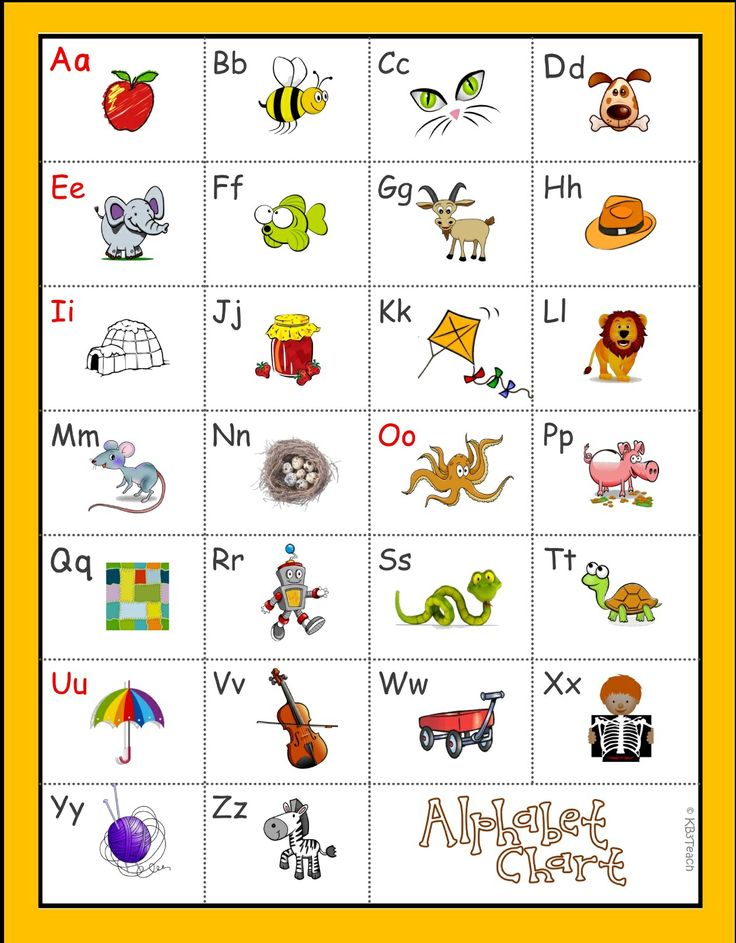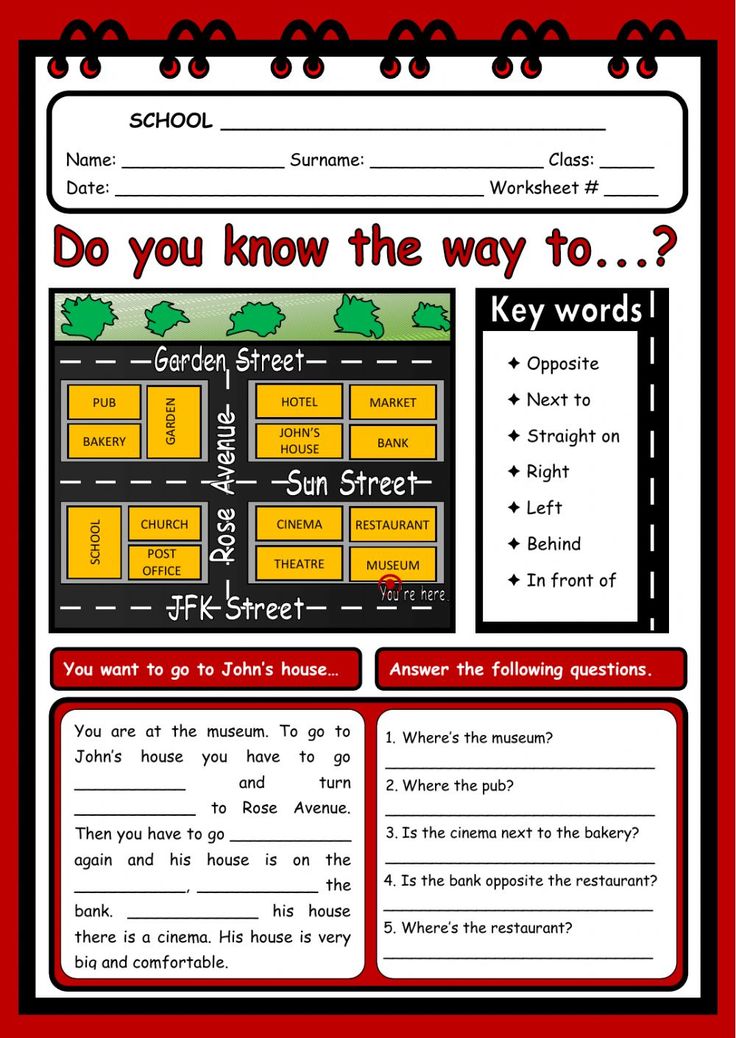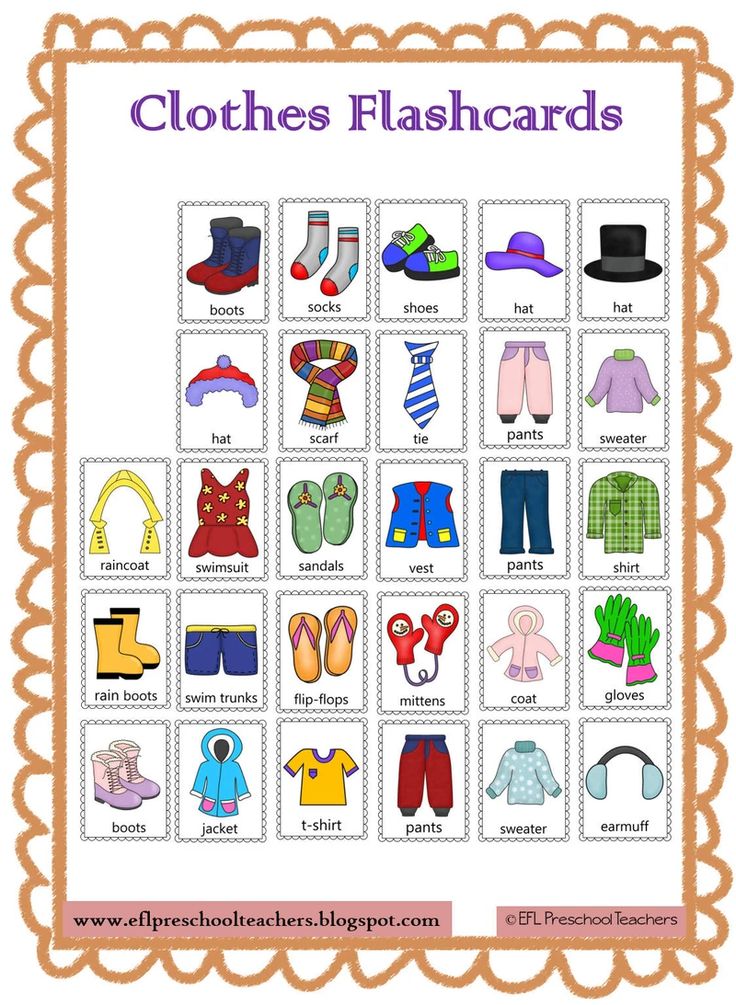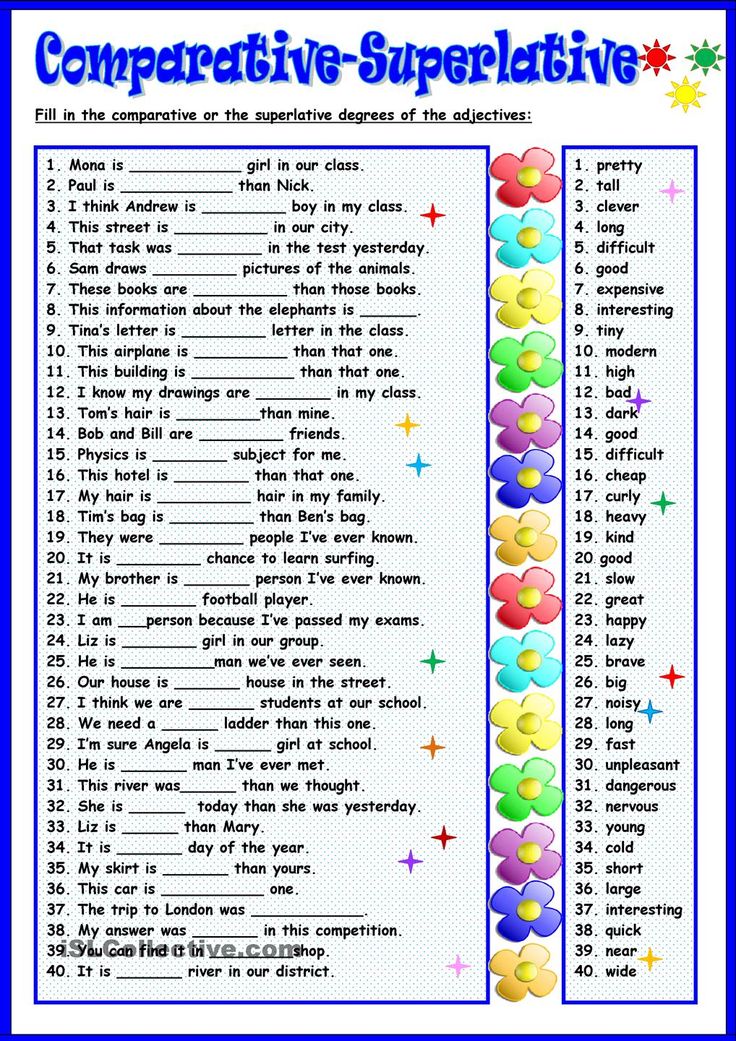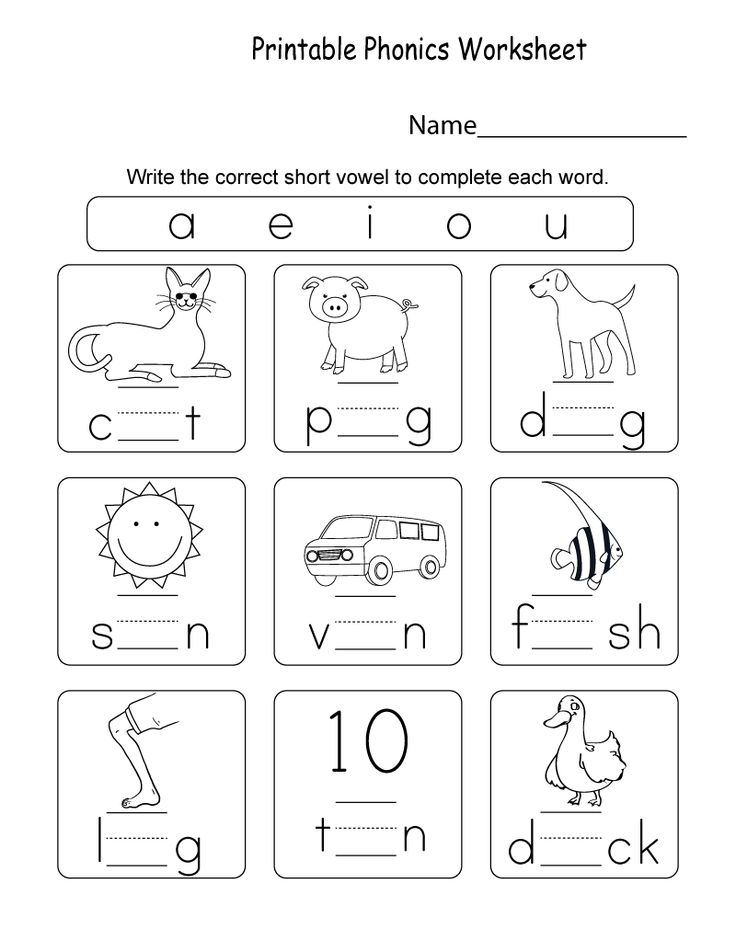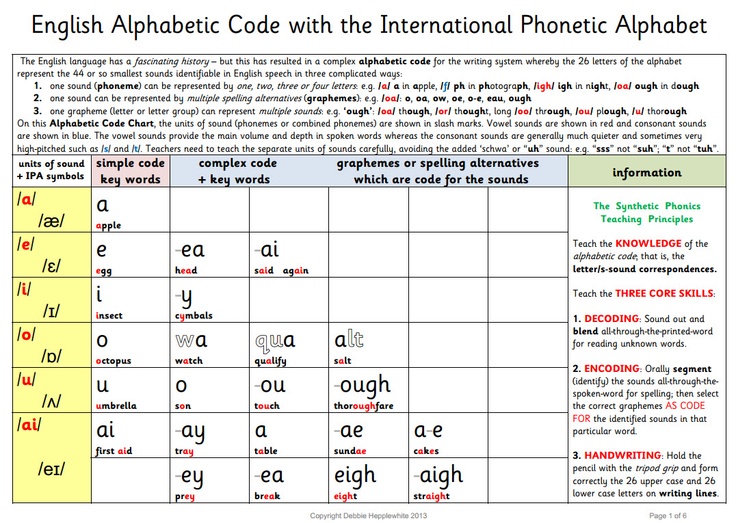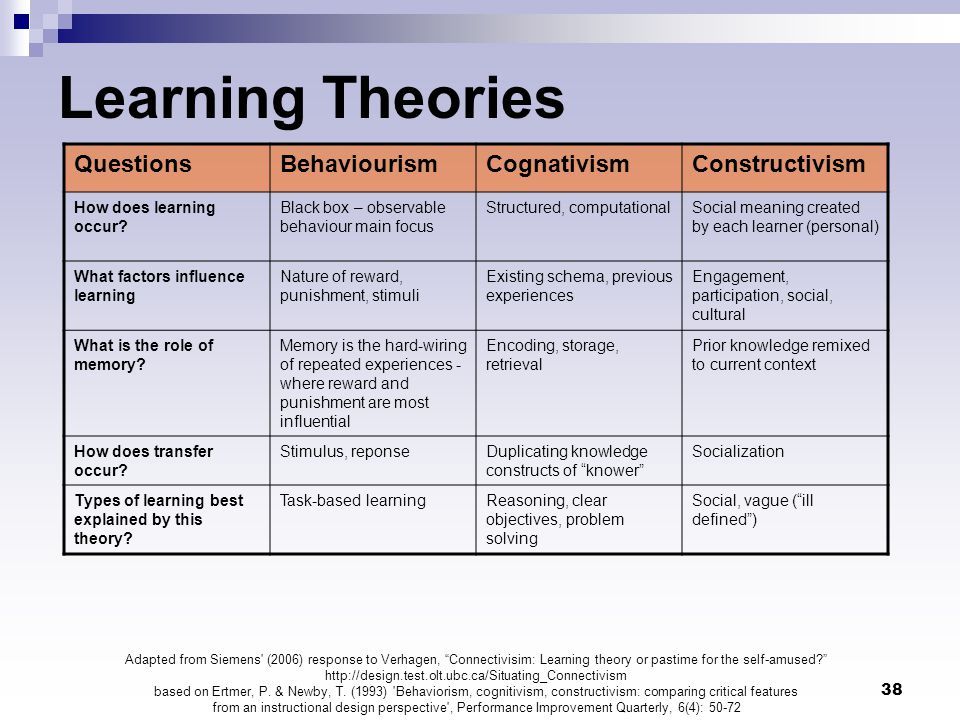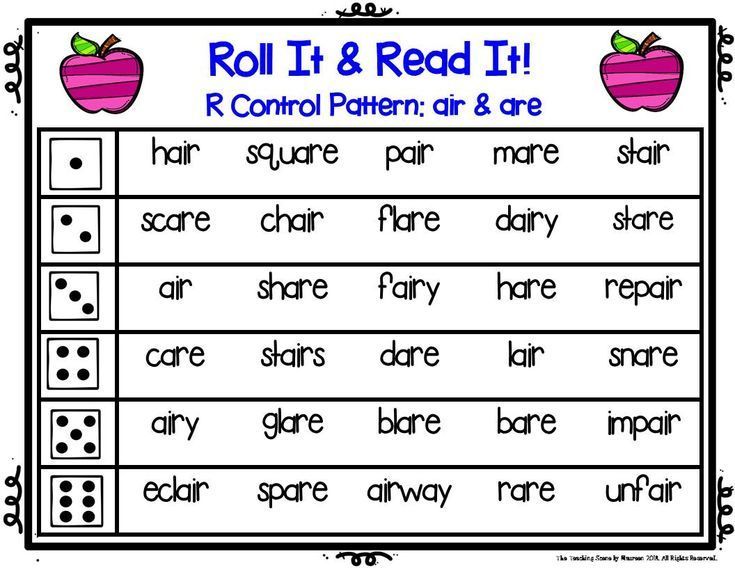Help first graders read
Reading Tips for Parents of First Graders
By: Reading Rockets
Give your child lots of opportunities to read aloud. Inspire your young reader to practice every day! The tips below offer some fun ways you can help your child become a happy and confident reader. Try a new tip each week. See what works best for your child.
These tips for parents of first graders are also available to download and print:
Don’t leave home without it
Bring along a book or magazine any time your child has to wait, such as at a doctor's office. Always try to fit in reading!
Once is not enough
Encourage your child to re-read favorite books and poems. Re-reading helps kids read more quickly and accurately.
Dig deeper into the story
Ask your child questions about the story you've just read. Say something like, "Why do you think Clifford did that?"
Take control of the television
It's difficult for reading to compete with TV and video games. Encourage reading as a free-time activity.
Be patient
When your child is trying to sound out an unfamiliar word, give him or her time to do so. Remind to child to look closely at the first letter or letters of the word.
Pick books that are at the right level
Help your child pick books that are not too difficult. The aim is to give your child lots of successful reading experiences.
Play word games
Have your child sound out the word as you change it from mat to fat to sat; from sat to sag to sap; and from sap to sip.
I read to you, you read to me
Take turns reading aloud at bedtime. Kids enjoy this special time with their parents.
Gently correct your young reader
When your child makes a mistake, gently point out the letters he or she overlooked or read incorrectly. Many beginning readers will guess wildly at a word based on its first letter.
Talk, talk, talk!
Talk with your child every day about school and things going on around the house.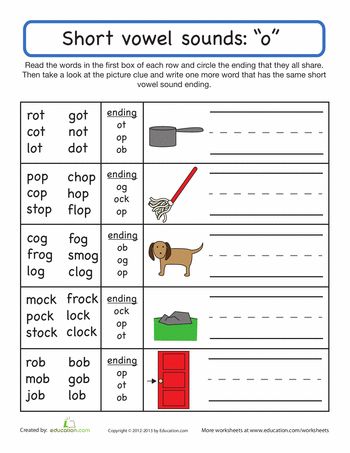 Sprinkle some interesting words into the conversation, and build on words you've talked about in the past.
Sprinkle some interesting words into the conversation, and build on words you've talked about in the past.
Write, write, write!
Ask your child to help you write out the grocery list, a thank you note to Grandma, or to keep a journal of special things that happen at home. When writing, encourage your child to use the letter and sound patterns he is learning at school.
Reading tips in other languages
A downloadable handout, for parents of babies, toddlers, and children in preschool to grade 3, is available in the following languages:
Reading tips for parents of…
Reading Rockets (2021)
Reprints
You are welcome to print copies or republish materials for non-commercial use as long as credit is given to Reading Rockets and the author(s). For commercial use, please contact [email protected]
Related Topics
Background Knowledge
Early Literacy Development
Fluency
Motivation
Oral Language
Phonological and Phonemic Awareness
Reading Aloud
Writing
New and Popular
Print-to-Speech and Speech-to-Print: Mapping Early Literacy
100 Children’s Authors and Illustrators Everyone Should Know
A New Model for Teaching High-Frequency Words
7 Great Ways to Encourage Your Child's Writing
Screening, Diagnosing, and Progress Monitoring for Fluency: The Details
Phonemic Activities for the Preschool or Elementary Classroom
Our Literacy Blogs
Teaching Reading to Students Who Experience Trauma
Kids and educational media
Meet Ali Kamanda and Jorge Redmond, authors of Black Boy, Black Boy: Celebrating the Power of You
Get Widget |
Subscribe
1st Grade Reading Activities For Struggling Readers
First grade is often where your child’s reading foundation is developed thoroughly.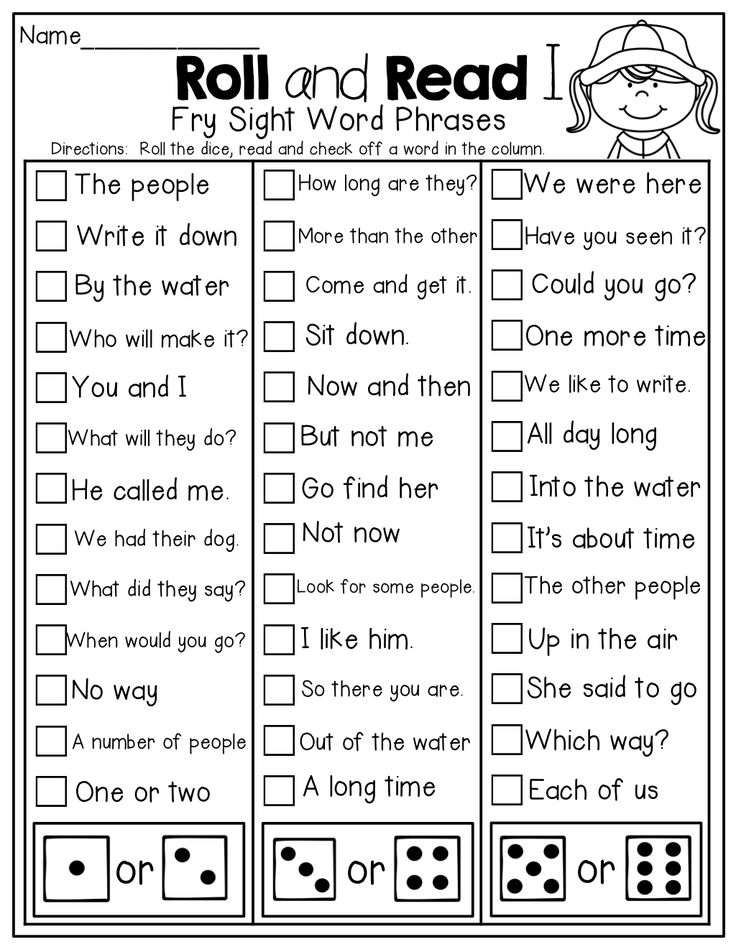 This is an essential grade for your child to establish their reading level and progress
. However, sometimes children might struggle as they try to advance their reading skills. If you find that your child is struggling with reading, you can help them by trying these 1st grade reading activities for struggling readers.
This is an essential grade for your child to establish their reading level and progress
. However, sometimes children might struggle as they try to advance their reading skills. If you find that your child is struggling with reading, you can help them by trying these 1st grade reading activities for struggling readers.
What reading skills should my 1st grader have?
Your first grader is definitely a full-fledged reader now! They already have many reading skills that they are continuing to improve and also acquiring new reading skills.
By the end of first grade, your child will have learned 150 sight words. They also should be familiar with many one syllable words and high-frequency words.
In first grade, they should be able to understand the basic structure and features of a sentence.
By now, they are also able to talk about what they have been reading and be able to answer content questions. Your child should also be able to understand the differences between fiction and non-fiction books and texts.
If you find that your child is struggling with any of these reading skills, they might need some more practice or intervention to help them get to their appropriate reading level.
How often should my 1st grader be reading?
When it comes to practicing their reading skills, first graders on average should be reading at least 10 minutes every day.
This might not seem like a lot of time but even just 10 minutes of reading time can help make a massive improvement in their reading skills. Make the 10 minutes a daily habit for your child like brushing their teeth.
Also, while 10 minutes is a good average number for all readers, struggling readers might be overwhelmed with anything more than that.
Some children might be hesitant or resist reading every day at first, but there are ways to make reading fun and an activity they look forward to doing.
How do you make reading fun for struggling readers?
Reading can be difficult for some first graders. It is important to be patient but also encouraging with your struggling reader. Here are some activities to make reading fun for them to get them to read every day:
It is important to be patient but also encouraging with your struggling reader. Here are some activities to make reading fun for them to get them to read every day:
- Read as a family – Reading as a family not only creates strong bonds, but it also helps to give your child a model for good reading habits. When they see you prioritize reading, they are more likely to value it and prioritize it as well.
You can schedule 10 minutes for everyone to read their own books together or you can choose a book as a family to read aloud.
- Read on TV – Using television as a reading tool might seem counterintuitive, but it is a great way to get your child to read without even knowing it!
When your child is watching television turn on the subtitles so that they can watch and read at the same time. This is a strategy commonly used with students learning a second language to practice both reading and listening skills.
- Visit a library – Get your child excited to read by going on a couple “reading field trips” such as going to a library.
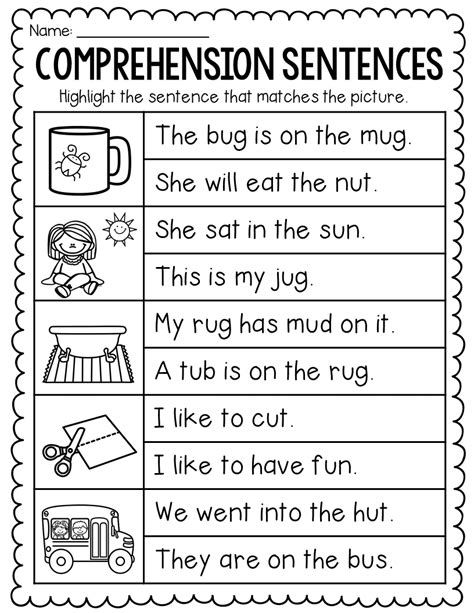 You can tour your local library and have your child pick out a few books to take home.
You can tour your local library and have your child pick out a few books to take home. - Visit a museum – Another great “reading field trip” option is to visit a museum. Museums often have a ton of great reading practice opportunities, and you can also prep your child before the visit by reading an article or story about the museum.
- Talk to an author – What better way to get your child about reading a book than by talking to the person that wrote it?
While you might not be able to talk to J.K. Rowling, many children’s books authors have meet ups at local bookstores or you can ask to talk to them virtually through Zoom.
Websites like Cameo also have some authors offering to record personalized videos, so you can have an author create a video just for your child!
- Create reading goals – Reading goals can help your child see the progress they are making and helps to keep them motivated. You can help them visualize and meet these goals by creating a reading goal chart or tracker and display it somewhere they will always see it.
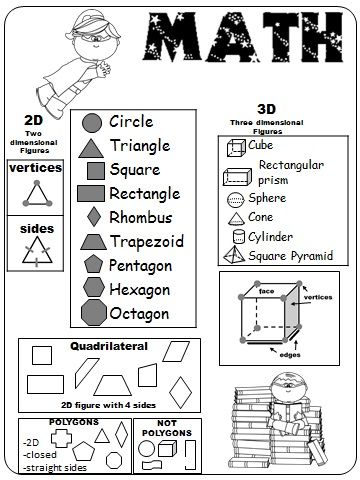
- Use a reading app – Technology is your greatest tool to help with your struggling readers. Try using reading apps such as Readability which acts like a private reading tutor for your child. They can get reading help whenever and wherever they need it!
- Get them to write – Reading and writing are closely related language skills. Often, good readers make good writers, and good writers make good readers.
You can encourage your child to practice their writing and reading skills by making comic books or short stories together then read them as their daily reading material.
First grade is a critical time for young readers to improve their reading skills and build new ones. Using activities and tools such as Readability can make reading fun and interactive for struggling or reluctant readers. Encouraging your child to read every day can help them to become a better reader and actually learn to enjoy reading.
The first grader does not like to read and does not understand the text.
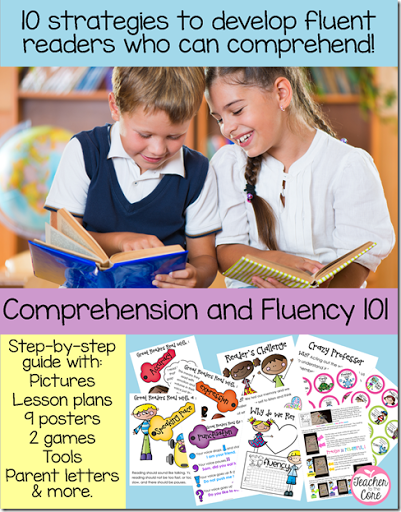 How parents can help
How parents can help A first grader is halfway through the school year. And here it is interesting: does he like to read? Is he interested in reading lessons? If yes, great! And if not? Together with our blogger Ekaterina Buneeva, we figure out why this can be and how parents can help here.
There may be several reasons. For example, a child reads slowly, does not keep up with the pace of the class. Or it’s still difficult to read on your own, so it’s boring. Likes to be read aloud to him. Another reason is that the child already reads so well, so reading and listening in class is not interesting.
The reasons may be different, but the way to help is the same: you need to make the reading process itself exciting. How to do it? First, read at home together. And a very important condition: an adult himself should be interested. Secondly, both at home and in the classroom, you need to act the same way. The algorithm for working with text can be as follows.
Have the child read the name of the text.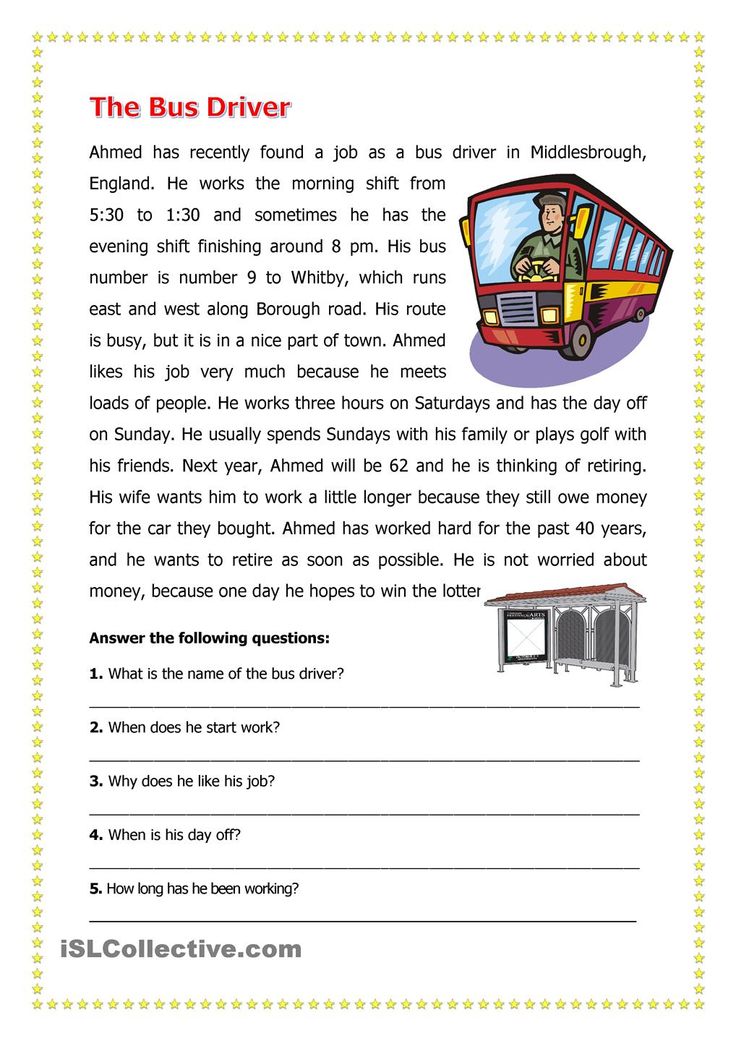 Look at the illustrations together and discuss what and who will be discussed: “Have you already guessed who the heroes are? What is it - a story, a fairy tale, a poem? How did you understand this? What do you want to ask the author of the text?” We select questions depending on the content of the text. Now let's read and check our assumptions.
Look at the illustrations together and discuss what and who will be discussed: “Have you already guessed who the heroes are? What is it - a story, a fairy tale, a poem? How did you understand this? What do you want to ask the author of the text?” We select questions depending on the content of the text. Now let's read and check our assumptions.
It's good if the child tries to read at least a small piece to himself for the first time. At first, it is better to take short and light texts, but let him try not to read aloud. Just don't rush it in any case. Then ask the child what he understood and felt, what he thought. Discuss together which of your assumptions were confirmed and which were not. First listen to the child, and then express your opinion.
Now read aloud. If it is difficult for a child, read in turn. Just don’t just “voice out” the text
Use the techniques of so-called "slow" reading: pause where you need to comment on something, explain a word or answer a child's question, engage in a dialogue with the author of the text.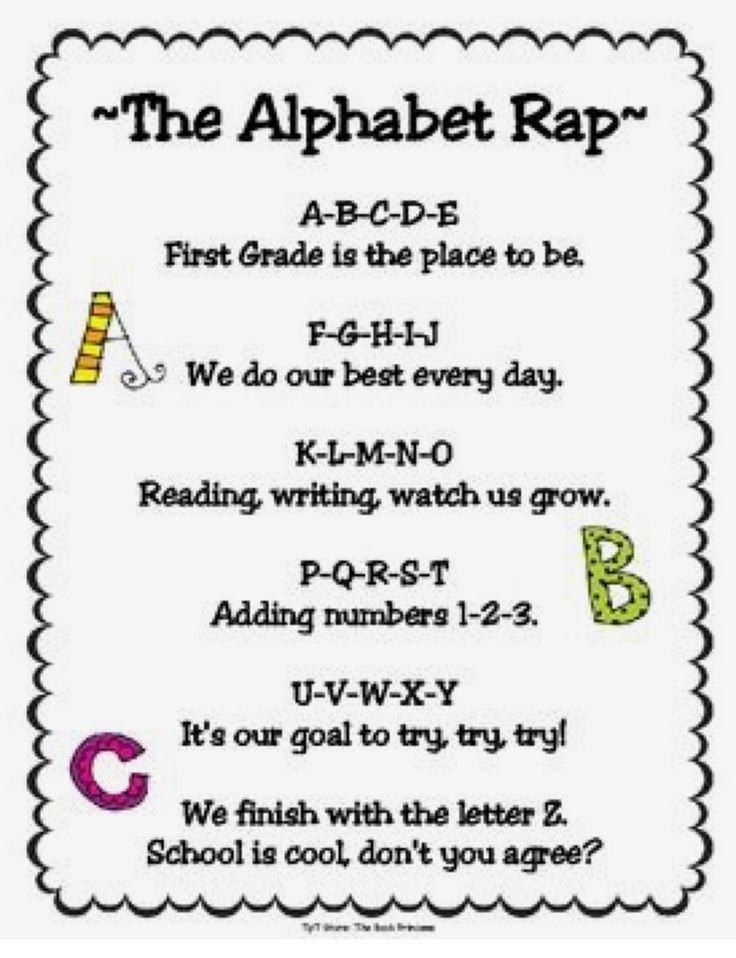 Many children ask questions while reading, which is great! In no case do not say: “I’ll finish reading it, then you’ll ask!” or "Don't interrupt! If you don't want to listen, read it yourself!" Follow the child, his reaction, emotions and thoughts.
Many children ask questions while reading, which is great! In no case do not say: “I’ll finish reading it, then you’ll ask!” or "Don't interrupt! If you don't want to listen, read it yourself!" Follow the child, his reaction, emotions and thoughts.
When you have seen the child's emotional reaction and are convinced that he understood everything, offer to expressively read aloud a passage of his choice. Be sure to offer your own version of expressive reading - but later. Let the child read first. “How interesting you did it! And I would read it like this ... "
Try talking about the writer. If you know any bright, interesting facts of his biography, tell us about them. And be sure to ask the child what kind of person the author of the text seems to him: how he treats people, children, animals, what he likes and what he does not agree with, whether he has a sense of humor, and so on.
In general, the idea is to read together, emotionally experience the text, understand the content and share your reading discoveries.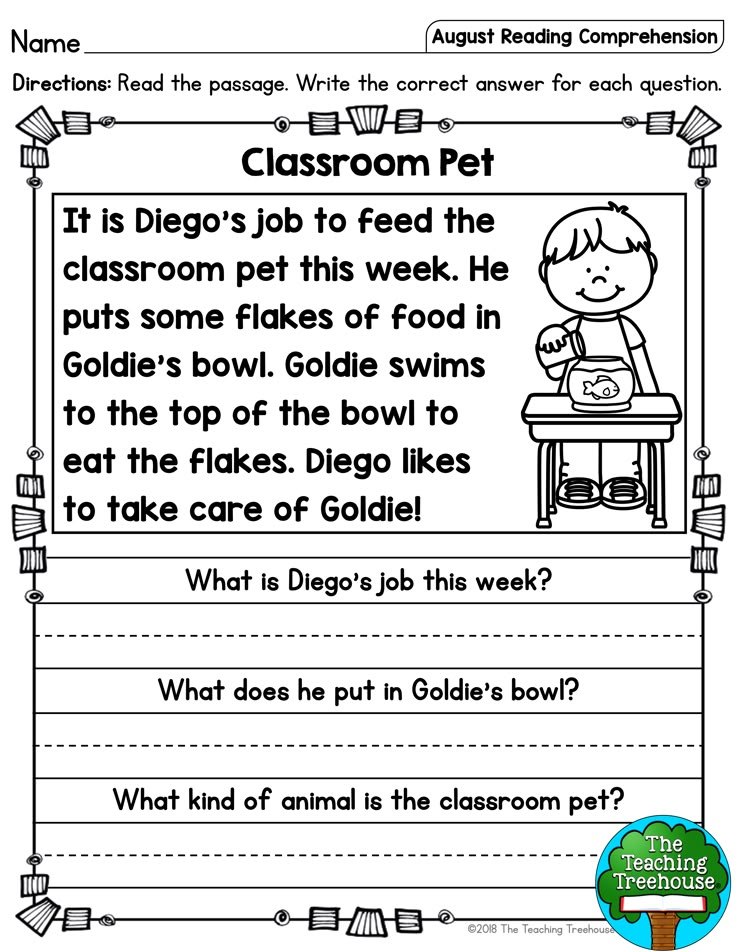 Even if the first grader is still reading slowly and uncertainly, such joint reading will show him how interesting and exciting this process is.
Even if the first grader is still reading slowly and uncertainly, such joint reading will show him how interesting and exciting this process is.
I will show you how to read together. An example from the collection “Learning to read and understand the text. Literary reading, Grade 1, authors E. V. Buneeva, O. V. Pronina, I. V. Kuznetsova.
- The child reads the title: "Visiting the gnome." What is this text about? What would you like to ask? (Who is going to visit the gnome? I wonder if the gnome has some kind of holiday?) And together we assume that most likely yes, a holiday, but it’s not yet clear which one, you need to read it.
- And here is a picture for this story. Look: can you guess something? (In the picture, the gnome puts the samovar).
- We read the text to ourselves. When the child has read, we ask: now we have found out what holiday the gnome has and who came to visit?
- Now we read aloud in turn, the adult comments on the text and conducts a dialogue with the author.

Visit the gnome
The gnome's house is far away in the forest. The gnome has a birthday. ( What a holiday!) Guests are hurrying to him. ( I wonder who they are and why they are in a hurry? The child answers, we do not comment in any way, read on .) Here the owl flew off the branch and flew to the house. ( The first guest! ) The mole left early and walked along the path for a long time. ( Here is another guest.
Why did the mole walk for a long time, did you guess? We clarify that moles live underground, they don’t see well in the light, which means that the mole is walking slowly. Here it is in the picture. .) The deer with daisies jumped first. Then came beavers with water lilies. ( Of course, they are the fastest! And who wants daisies and water lilies? ) Bees arrived with delicious honey. ( Guests are gathering. And everyone has a present! ) The little fox carefully carried a basket of raspberries past the wild rose bushes.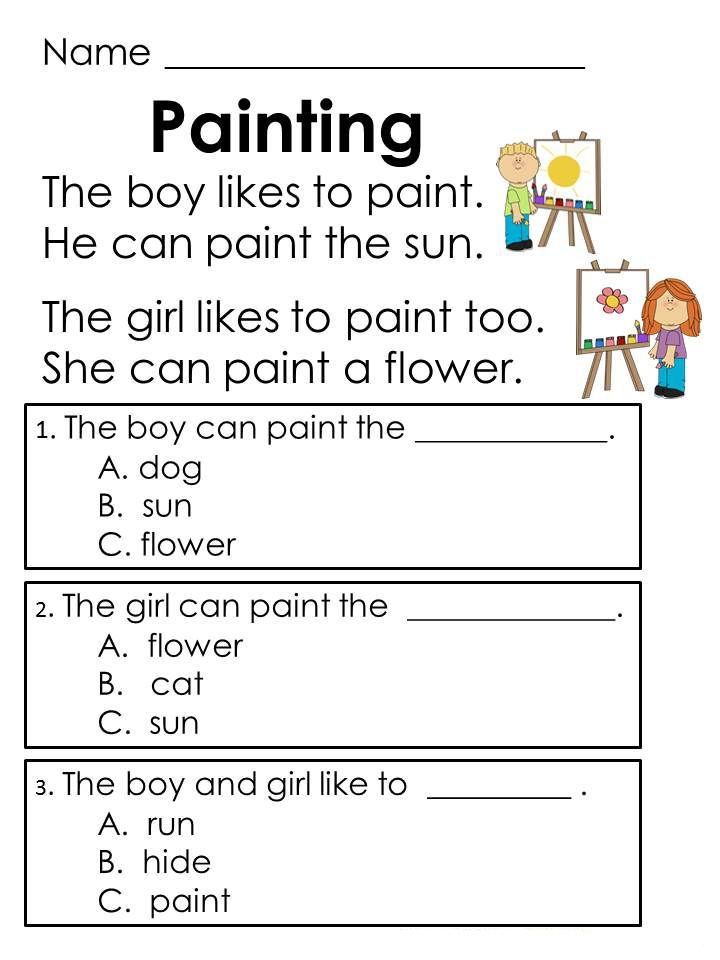 ( Why carefully, I guessed? We listen to the child’s version, we clarify: of course, he has such a beautiful fur coat, and the dogrose is prickly! ) The snail came after the mole. That's all the guests in place! ( Guessed why the snail came later than all ?) There are sweet pies on the table, the samovar is boiling ( Here it is in the picture. ) The gnome is happy with the gifts.
( Why carefully, I guessed? We listen to the child’s version, we clarify: of course, he has such a beautiful fur coat, and the dogrose is prickly! ) The snail came after the mole. That's all the guests in place! ( Guessed why the snail came later than all ?) There are sweet pies on the table, the samovar is boiling ( Here it is in the picture. ) The gnome is happy with the gifts.
Then we discuss what we have read. How many guests? Let's count. Can you list everyone? Why were they in a hurry? (We decide that all the friends wanted to please the gnome on his birthday, they were afraid to be late and therefore they were in a hurry. Here is a mole - he came out in advance, the snail was in a hurry as best he could ...)
Together we try to guess what this text tells about the author? The child can say that the author is kind, cheerful and loves gifts. Let's agree. And then expressively read aloud passages of your choice. You can draw a festive table or gifts.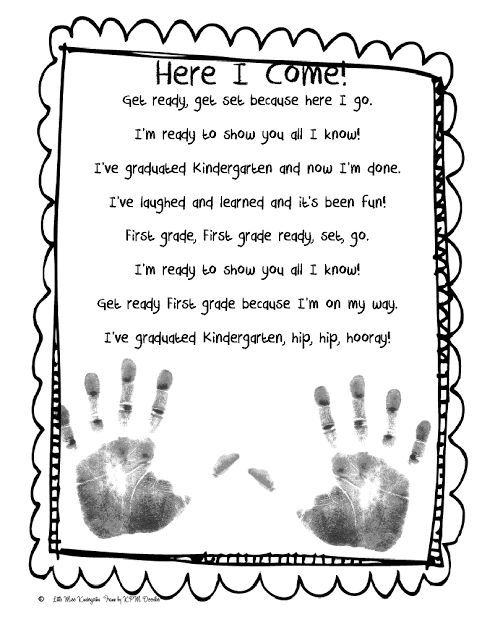
In general, I will repeat my main idea: first, the child must have an interest and a desire to learn to read. And then you can do reading technique and everything else.
You are in the "Blogs" section. The opinion of the author may not coincide with the position of the editors.
Photo: Shutterstock / Yuganov Konstantin
Reading for first graders - a selection of books for the 1st grade from the publishing house "Eksmo"
Primer (according to SanPin)
developed by Nadezhda Zhukova
, Natalia Zhukova. This book is an example of a classic textbook that three generations of children have successfully learned from.More details
Choose the most convenient promotion:
E-book Russian Fairy Tales (illustrated by I. Yegunov)
A large-format book for lovers of fairy tales with wonderful drawings by Igor Yegunov, designed in the best traditions of domestic book illustration.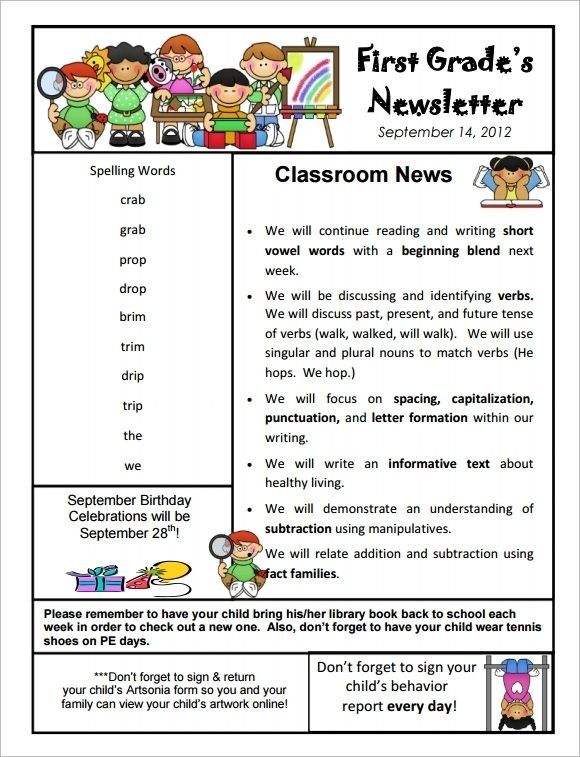 Among the heroes of fairy tales are the Frog Princess, Koschey the Immortal, Morozko, the Tsar Maiden and many others.
Among the heroes of fairy tales are the Frog Princess, Koschey the Immortal, Morozko, the Tsar Maiden and many others.
More
558 ₽
775 ₽
-28%
0035
Elephant went to study
David Samoilov
A funny and entertaining fairy tale by David Samoilov in verse, which you can read by roles and create your own children's play! This book is sure to lift your child's spirits.
Read more
Other editions
Poems for children
Agniya Barto
Texts in verse form allow the child to develop speech and memory at the same time. This book contains poems: “We are with Tamara”, “Amateur fisherman”, “Lyubochka” and 115 more best poems by Agnia Barto.
More
718 ₽
875 ₽
-18%
Choose the most convenient promotion:
Other editions
Part 1. 2nd ed., corrected. and reworked.
2nd ed., corrected. and reworked. Pyatak S.V.
This book is for children who already know letters. The proposed exercises contribute to the development of attention, memory, thinking, coherent speech and enrich the child's vocabulary.
More
225 ₽
289 ₽
-22%
Choose the most convenient offer:
E-book I read easily and correctly: for children 6-7 years old
Pyankova E.A., Rodionova E.A., Rodionova E.A., Rodionova E.A., Rodionova E.A.
This book will give your child the reading skills they need to succeed in elementary school. With the help of a special testing methodology, you will be able to correctly assess the reading skills of a child, choose the optimal development program for him and, in the process of learning, adjust it depending on what your child is interested in.
Read more
570 ₽
695 ₽
-18%
Select the most convenient action:
Other editions
Russian folk tales (Il.
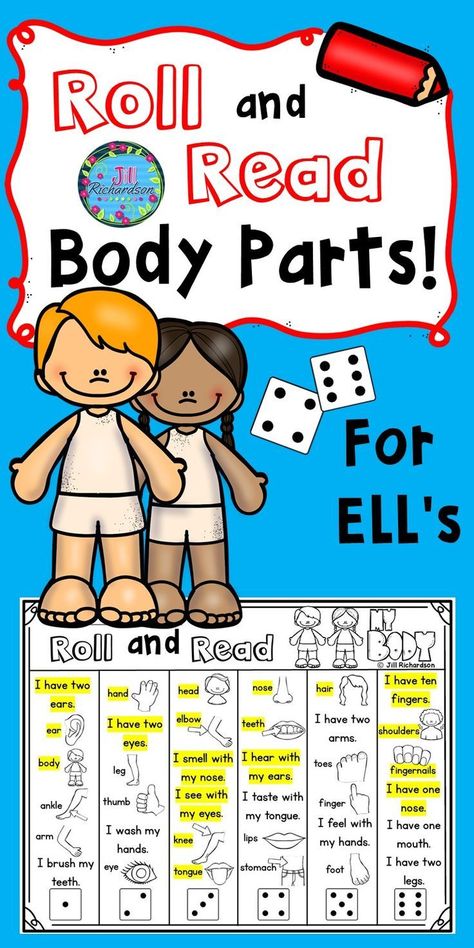 M. Litvinova)
M. Litvinova) Tales: "Tales:" "" "" "" The Sea Tsar and Vasilisa the Wise", "The Frog Princess", "The Nesmeyana Princess" and others. Convenient small format and colorful design make this book easy to read.
More details
0002 241 ₽
-24%
Select the most convenient action:
Other editions
Mishkina Porridge (ill. V. Kanivtsa)
Nikolai Nosov
The collection included eight stories of the famous children's literature Nikolai Nosov about the adventures of two friends Kolya and Misha and about the unlucky Fedya Rybkin. Funny stories are accompanied by vivid illustrations by Vladimir Kanivets.
Read more
425 ₽
525 ₽
-19%
Choose the most convenient promotion:
Other editions
I'm right. From the first lessons of oral speech to the "Primer"
Nadezhda Zhukova
All methodological literature according to the author's program of Nadezhda Zhukova is based on a combination of traditional and original speech therapy methods and is combined into a system.

